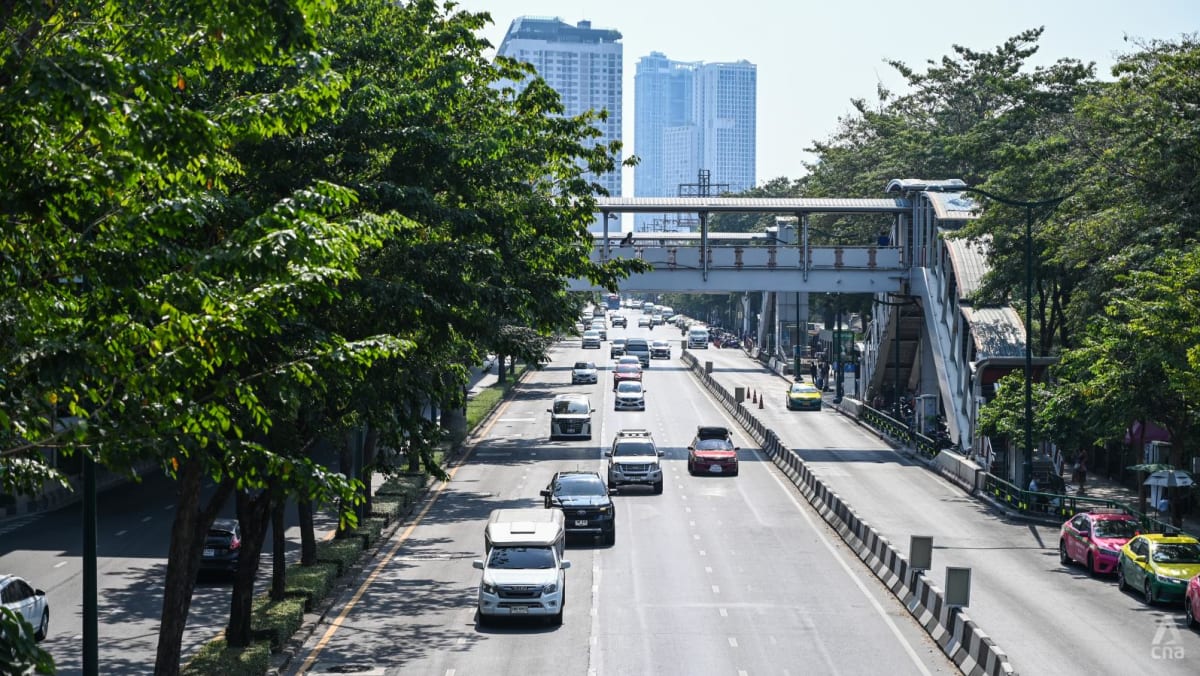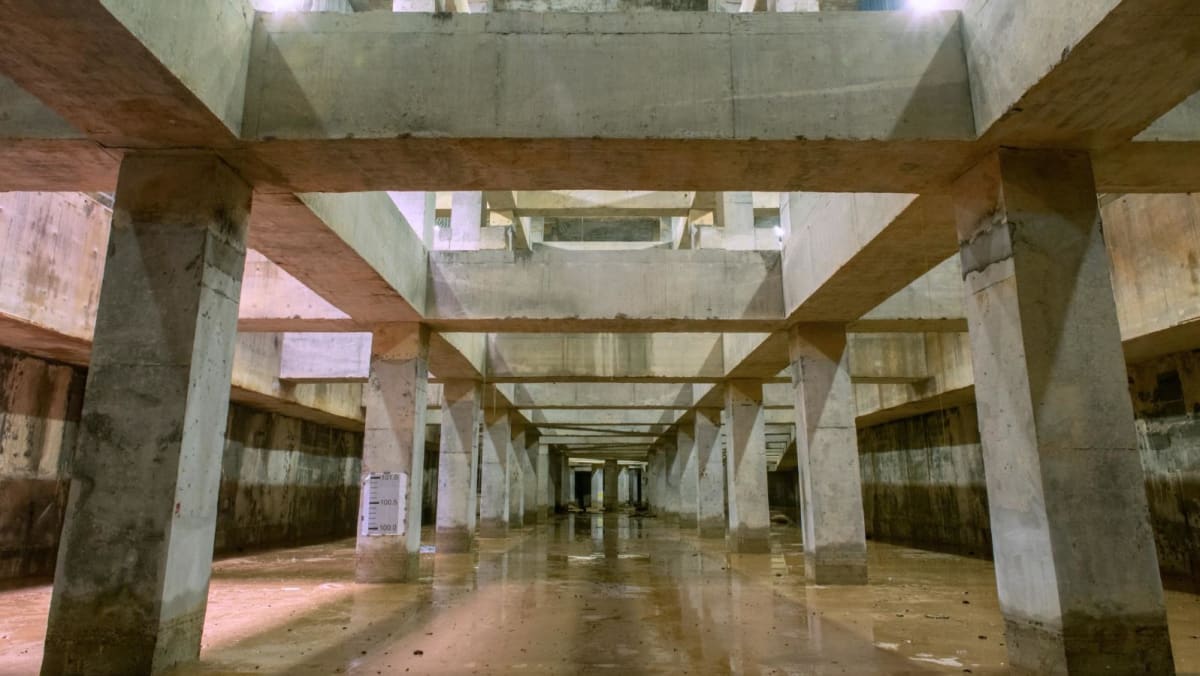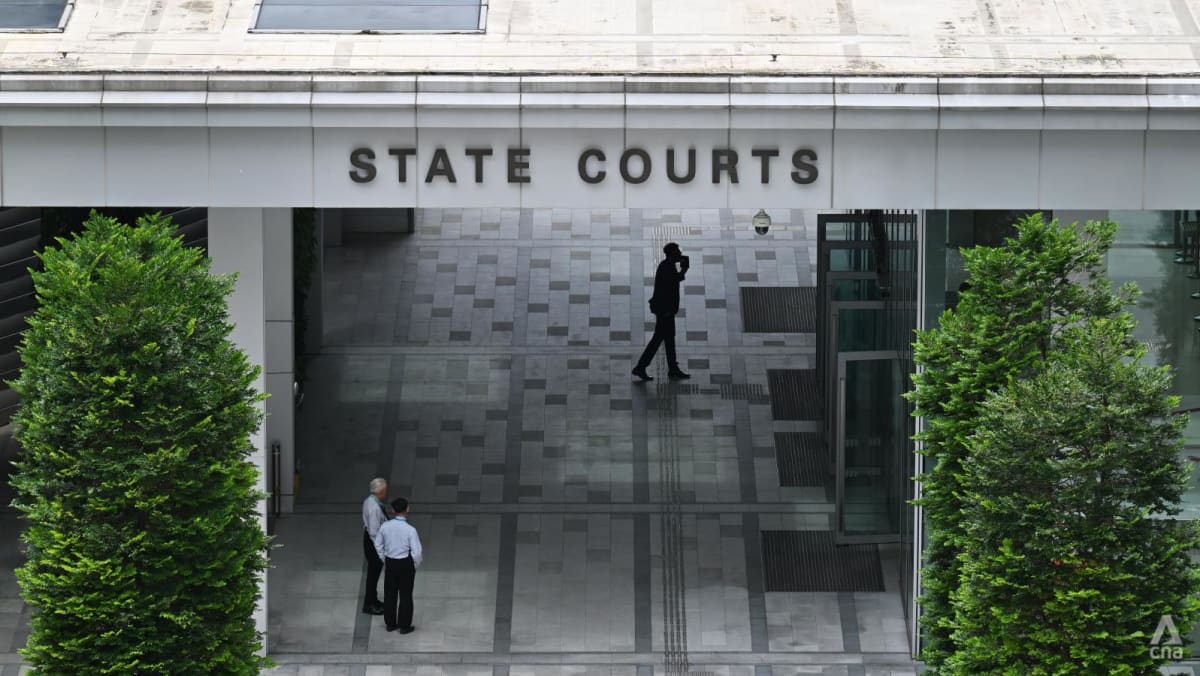SPACE CONSTRAINTS
To alleviate flooding, there have also been major projects over time such as Marina Barrage, which Ms Siew said helps in particular low-lying areas like Chinatown.
As Singapore’s population grows, however, less land is available for such infrastructure.
Professor Vladan Babovic from the National University of Singapore’s (NUS) civil and environmental engineering department pointed out that there are around 9,000 people per square kilometre here.
“We need land for roads, for buildings, for schools. So widening and increasing drains is just going to be prohibitively expensive and will take useful land space away.”
An expert panel reviewing Singapore’s protection measures in the wake of the 2010 Orchard Road floods also said a wholescale upsizing of the drainage system would be disruptive.
“The whole country will develop (into) something not necessarily nice to live in. Would you like to live in a watertight bunker?” said Prof Babovic.
Associate Professor Tay Zhi Yung of the Singapore Institute of Technology’s (SIT) engineering cluster said that instead of “total flood prevention”, the focus should be on risk management to minimise damage and disruption.
“In urban areas, constructing detention tanks, increasing the height of retention walls … might be more practical solutions,” he noted.
“In locations where space allows for innovative approaches, nature-based solutions integrated with engineering methods may be more sustainable than relying solely on infrastructure, such as widening canals and drains.”













